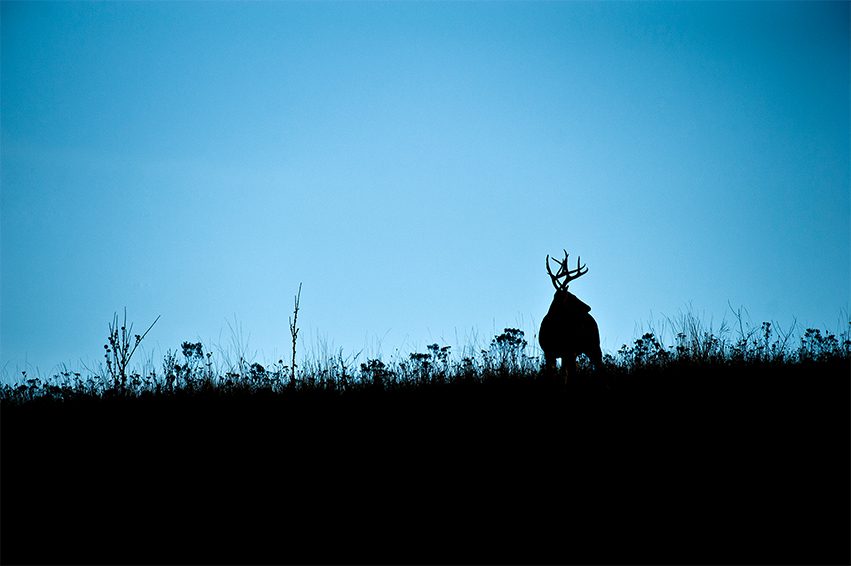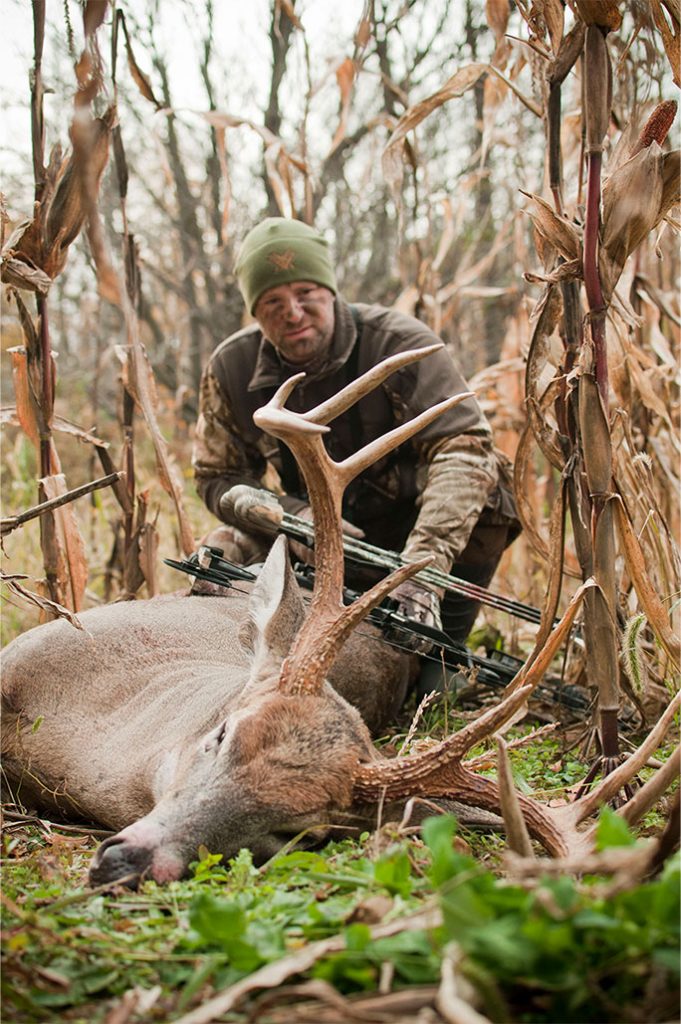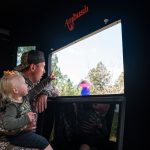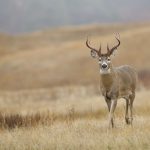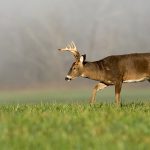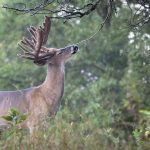Getting into Deer Hunting
Considering getting into deer hunting? Deer hunting isn’t just a sport, it’s a way of life. If you’ve decided to make a commitment to putting meat on the table for yourself and your family, you’ve taken the first step towards self-sufficiency. You have also stepped into the addictive pursuit of big game. We welcome you!
Before heading into the deer woods to hunt wild game though, there are some prerequisite steps to take. Some steps are to keep you legal, and others are tips to make sure your experience is a good one. Additionally, it’s important that you understand the ethical way to hunt and conservation efforts hunters can take. When you’re just beginning, you want the best chance of success!
Hunter Safety Course
Different states have different requirements to obtain a license to hunt. But because it is a regulated activity in the United States, there is no getting around taking at least a basic safety course in Hunter Ed. This is a requirement to obtain your hunting license and tags – regardless of weapon type. New hunters may balk at this, but the course helps to save lives and reduces avoidable hunting accidents.
The course is usually very comprehensive and takes about three weeks to complete. An in-person class will have you going two or three times a week for a few hours each session. Some states require a shooting test at the end.
In the era of COVID, most states now offer it online at hunter-ed.com. The course is self-directed with quizzes at the end of each module. There are usually a couple of tests in order to get certified. The course provides education in most facets of hunting including firearm safety, game I.D., ethical hunting techniques, laws, and regulations.
The good news is you only have to go through it once. Once you pass, you are certified for life, and you should receive a hunter education card. If you move to a different state, you may have to present your proof of certification. So, make sure to keep it in a safe place. Keep your hunter ed number handy for when you need to apply for licenses, special permits, and such.
Choose Your Weapon
Do you consider yourself a rifle hunter, bowhunter, or muzzleloading hunter? The great thing is that you don’t have to just stick with one weapon type. Although for many hunters the weapon you use, is closely connected with a certain identity. Don’t get too caught up in that.
Do whatever makes you happy and hunt with whichever legal weapon you want. Experienced hunters know that some seasons have fewer people than others. That is something to keep in mind.
Archery and muzzleloader seasons often have a lot less hunters than rifle seasons. But in wide-open areas where 100 yards is the average (like mule deer country), taking an ethical shot with a bow can be tough. A rifle would be the easier weapon to use in this case.
Depending on the state you hunt, you may not be able to switch between weapons in the same year. So, you’ll want to ponder these trade-offs when you are purchasing your license and tags for the year.
Deer Hunting Tactics
Deer hunters employ different tactics depending on their preferred style, what the landscape is like, and whether they are hunting private or public land. Hunting ambush-style with a ground blind or tree stand is highly effective. It can take an immense amount of patience to wait out animals, but it can pay off big time.
For those that are inherently impatient, still-hunting and spot and stalk methods offer better options that keep hunters moving. Still-hunting is the act of moving through an area at an excruciatingly slow pace while looking and glassing for deer. You can also glass hillsides or valleys from a vantage point like a ridgetop. Once you locate a target deer, plan and execute a stalk. Otherwise, keep moving until you find deer.
Whichever tactic you use, always remember that scent control is critically important. Always play the wind to the best of your ability by making sure you hunt into the wind. Use a wind indicator, squeezing it often, especially when still-hunting or putting on a stalk. If the wind changes direction or begins swirling, change your plan or call it off until conditions improve.
 You’ll Need to Scout
You’ll Need to Scout
Big mature bucks don’t just come running up to your stand or blind. They need to be set up and you need to hunt within their general vicinity. You need to have an idea of where they will be. That goes for any deer you’re hunting, does and big bucks alike.
Scouting is the only way to achieve this. You can even start from the comfort of your own home with Google Earth or even just plain ol’ Maps to locate potential areas. Toggle between topo and satellite views, looking for natural pinch-points that funnel deer.
Landscape features like saddles, areas between two bodies of water, or other impasses that will act as corridors and concentrate deer. Don’t discount wooded “fingers” that extend into clearings. Those fingers can provide cover for deer to move through undetected to food sources.
Once you get some of these spots nailed down, it is time to hit the woods. You want to mark these locations either physically or with a GPS, checking them for signs of current deer activity. Even though it is months ahead of hunting seasons and the rut, early spring is actually a good time to scout.
Pay attention to mixed-aged deer pellets, clusters of rubs or rub lines, and last year’s scrapes. A good mix of deer sign types is a boost of confidence that the area is regularly used. It’s a good bet that deer will be close by come hunting season.
Note wind direction while you’re out in these areas and start considering how you will hunt them. If you are considering tree stands or blinds, start thinking about where you will set them with respect to deer movement and wind.
When Getting into Deer Hunting, Trail Cameras Are Your Best Friend
To dig in further and analyze the movements of deer you’re scouting, set up some trail cameras in the areas you found good sign. Let them soak over the summer and up as close to your hunting season as possible. Deer movement can change and sometimes those summer-use areas can dry up as we move into fall and winter. This is information you want to know.
Also, if you can avoid making a ton of trips into the area to pull SD cards, that is best. Cellular trail cameras are great for this. Set them up and let the pics come to your smartphone without having to disturb the area. Laws on this vary from state to state. So check to make sure cell cams are legal in your state.
If you will be hunting private land you have a lot more leeway and assurance that others won’t be going in and messing up the site. You also have the ability to set up treestands or hunting blinds well in advance and move them if deer movement slows down as it gets closer to the season. Unfortunately, public land can be a lot more problematic, and your cams are subject to theft. Same with treestand set-ups.
 Now’s a Good Time to Start Baiting
Now’s a Good Time to Start Baiting
Where it is legal, putting out salt/mineral blocks, loose deer feed, or small piles of apples and corn can help entice deer to come by your stand or blind.
Bait piles aren’t a 100% guarantee. Sometimes they can really draw deer in like a magnet. And other times they could care less. Especially, if there are high-quality food sources nearby. Mid-summer is a good time to start putting out bait.
Keep refreshing your piles periodically. It’s a good idea to scatter something other than what’s available in the immediate area. For instance, if there are corn crops nearby, using corn for bait probably won’t be very effective.
We hope these deer hunting tips give you a good place to start. Getting into deer hunting is fairly easy, but it is a lifetime of learning. It can also be frustrating! The more experience you gain, the better you’ll get at connecting the dots. Which means, ultimately, the better you’ll be at putting meat in the freezer.

